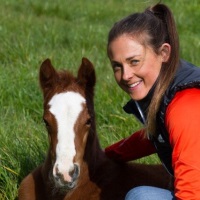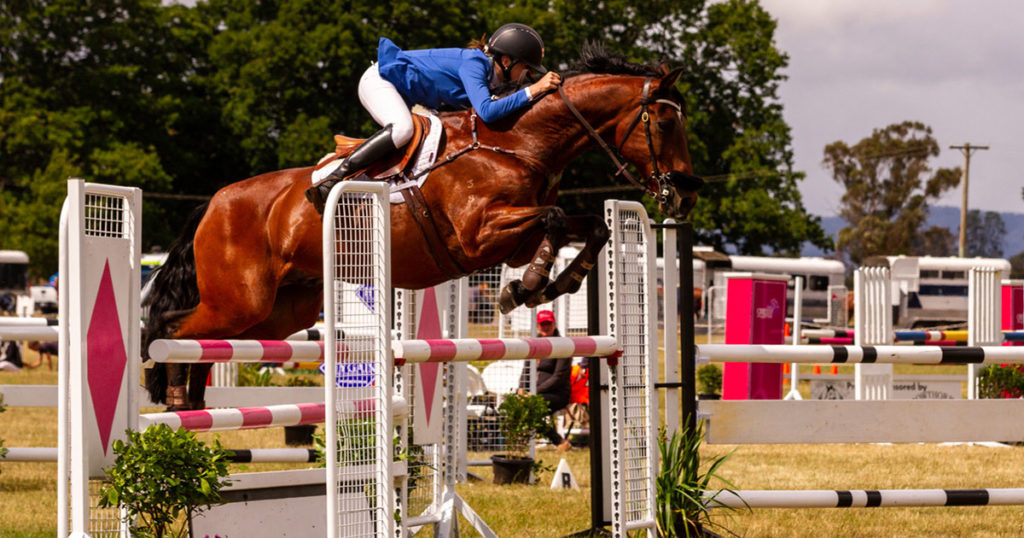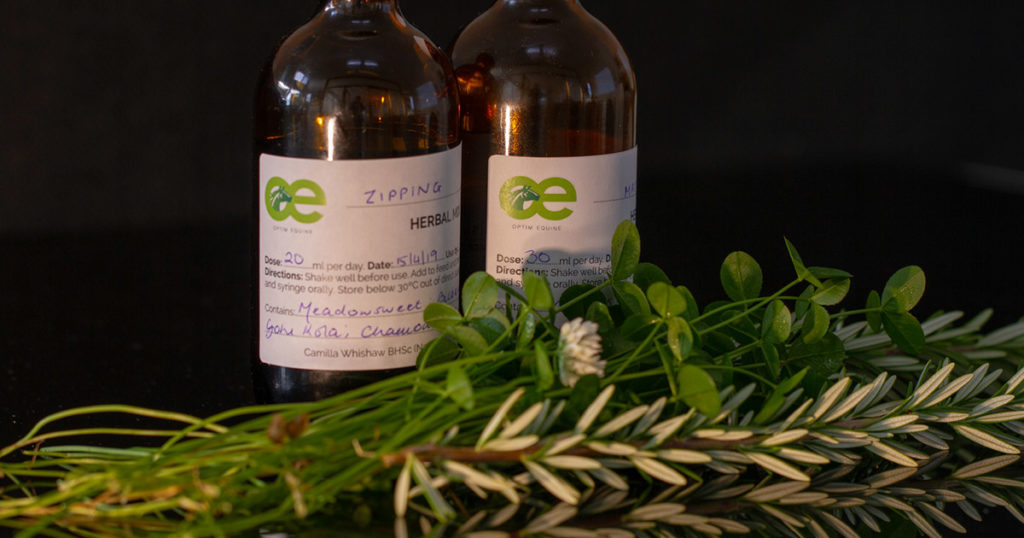Most of us are fortunate enough to have healthy horses, which we can often take for granted. All’s well whilst they are healthy- but when our horse is slightly off, or something goes wrong, many people panic, not knowing what to do. Whilst the expertise and experience of a vet or other equine health care professional should never be overlooked, knowing some basic equine health parameters and first aid practices is a most valuable tool for any horse owner and rider.
Vitals
Vitals are basic measures of body function that can be used as assessments of health- and are often early indicators of illness. The most commonly assessed vital signs in horses are temperature, pulse rate, respiratory rate, capillary refill time, mucous membrane colour and gut sounds. Average ranges/guidelines are given for all these measures, however it is important to remember that there will be variations between age, breed and fitness levels of the horse. Additionally, time of day, weather conditions, stress, excitement, travel, time of exercise and activity levels can all impact upon a horse’s vital signs. Whilst it is important to know what an average range is for each vital, what is even more important is knowing what is the normal average range for your particular horse. Each horse is unique- some healthy horses may have readings which fall outside the ‘normal’ average range. Most people rarely assess their horse’s vitals when the horse is well- often waiting until a horse is sick. Knowing what is ‘normal’ for your horse when he/she is well is important to establish subtle (or large) fluctuations in the event of illness.
Temperature
The average temperature range for an adult horse is 37.2-38.3 degrees celsius. This is most readily measured rectally using a thermometer. Plastic digital thermometers work very well and are easy to use, and most of them beep when they are done. Lubricate the end of the thermometer (saliva works well!) and insert gently, whilst standing to the side of the horse. Remove once the thermometer beeps. Measurement errors can occur if the thermometer is removed too early (before it beeps) or if the last reading on the thermometer hasn’t been cleared prior to using. Many people like to attach string to the end of the thermometer to aid in easy removal after taking the temperature.
Respiratory Rate
Adult horses at rest have an average rate of 8-20 breaths per minute (one inhalation and one exhalation should be counted as one breath (not as two)). Each breath is fairly slow, and each inhalation should take roughly the same amount of time as each exhalation. To measure the respiratory rate, watch the horse’s flank move in and out or watch the horse’s nostrils flare with every breath (do not place your hand or anything near his nostrils). A stethoscope can also be used to listen to the breaths as the air travels across the trachea when the horse inhales and exhales. This should sound clear. It is important to note that respiration rate should NEVER exceed the pulse rate.
Pulse Rate
The horse’s pulse rate can be measured using the lingual artery, which can be located on the bottom side of the jaw where it crosses the bone. This major artery will stick out slightly. Using your forefinger (never your thumb, as the thumb can reflect your own pulse), press against the artery firmly. Count the beats over a timed 30 second period, then double to calculate beats per minute. The average normal pulse rate for an adult horse is from 28-44 beats per minute.
Alternatively, a stethoscope can be used to listen to the heart on the left side of the horse, just behind the elbow in the girth area. If using this method, be sure to count each lub-dub as one beat.
Mucous Membranes and Capillary Refill Time
The mucous membranes, which line the mouth, gums and eyelids, are a good indicator of blood circulation. They should be moist and pink. Capillary refill time is measured by pressing the gums firmly with your finger. To do this, lift your horse’s upper lip and press firmly with your finger for two seconds to create a white mark. Blood (and colour) should return to the gums within one-two seconds of releasing your finger.
Gut Sounds
The gut sounds that come from a horse’s stomach and intestines can be very important information in establishing a diagnosis of an illness. Gut sounds are best listened to using a stethoscope: place against both sides of the abdomen, both high and low. In the case of not having a stethoscope, put your ear against the horse’s abdomen. Gut sounds should always be present. They tend to be gurgling, gas-like growls, ‘tinkling’ sounds (fluid) and occasionally ‘roars’. The absence of gut sounds is more indicative of a problem than excessive gut sounds. Usually, an absence of gut sounds is indicative of colic.
Other Useful Health Indicators
In addition to assessing a horse’s vital signs, there are several other easy to establish, useful health indicators.
Skin Pinch Test
The skin pinch test is an easy way to assess if a horse is dehydrated. Simply pinch a large fold of skin on the horse’s neck. If the skin flattens back into place when let go of in one to two seconds, then the horse is adequately hydrated. If the skin takes longer to flatten, it is indicative of dehydration. The longer the skin takes to flatten back to normal, the more dehydrated the horse is.
The average healthy horse (weighing 500kg) drinks around 30-50 litres of water per day. Remember that hot weather conditions and exercise increase a horse’s need for water. Horses which graze on rapidly growing grass will usually drink less (due to the high water content of the grass), compared to when they are grazing on more mature grass and hay which has a low water content.
Digital Pulse
The digital pulse is very useful in assessing foot problems such as abscesses, laminitis or other causes of foot inflammation. Normally, the digital pulse can be very difficult to find-being very faint if present at all. It becomes significant when there is increased blood flow to the foot (as in the case of inflammation, infection or injury). There are four main locations where the digital pulse can be found- the easiest is between the coronary band and the fetlock. Remember to not use your thumb when assessing the digital pulse- as this can interfere with your findings.
Manure
Assessing a horse’s manure is a useful consideration in gauging gastric and overall health. A horse should produce well-formed faecal balls with noticeable forage stems, but no real ‘chunks’ of feed. Manure should be generally a uniform colour, with little odour and have no mucous covering it. The average horse defecates 10-12 times per day.
Nostrils
A healthy horse will either have no discharge from the nostrils, or discharge which is clear. Snotty, coloured discharges warrant further investigation by your equine health professional, as they can be indicative of the development of a respiratory and/or infectious disease.
Legs
A horse’s legs should be examined closely daily- both prior to and after exercise, in addition to paddock checks at feedtimes. Get to know both what the legs look and feel like. Areas to take particular note of include the joints- observing for any fluid and/or heat, in addition to the tendons and ligaments in the lower leg. Any heat or swelling in or surrounding these structures is indicative of injury.
Conclusion
Confidently knowing what is ‘normal’ in regards to your horse’s health is important in minimising risk of serious illness and/or injury, making effective diagnoses and assisting early appropriate intervention in the case of ill health. Just like humans, every horse is an individual, and what is ‘normal’ for them is unique to that horse. Keep records of these particulars, to be aware of fluctuations at different times of the day. This becomes most useful for comparison in the event that your horse becomes sick or injured. A useful practice is to store your horse’s ‘normal’ values in the notes section of your phone alongside the vet’s phone number. Be sure to pass on these details if you are away from home and have someone else minding your horse.

Camilla Whishaw is a highly regarded, experienced horsewoman and naturopath, helping to holistically treat and manage a broad range of equine health conditions and injuries, with a passion for mare and stallion fertility.
As a world-renowned practitioner, presenter, author, and consultant in the field of Equine Naturopathy, Camilla shares her knowledge through keynote presentations, interviews, lectures, panel sessions, and workshop training.





